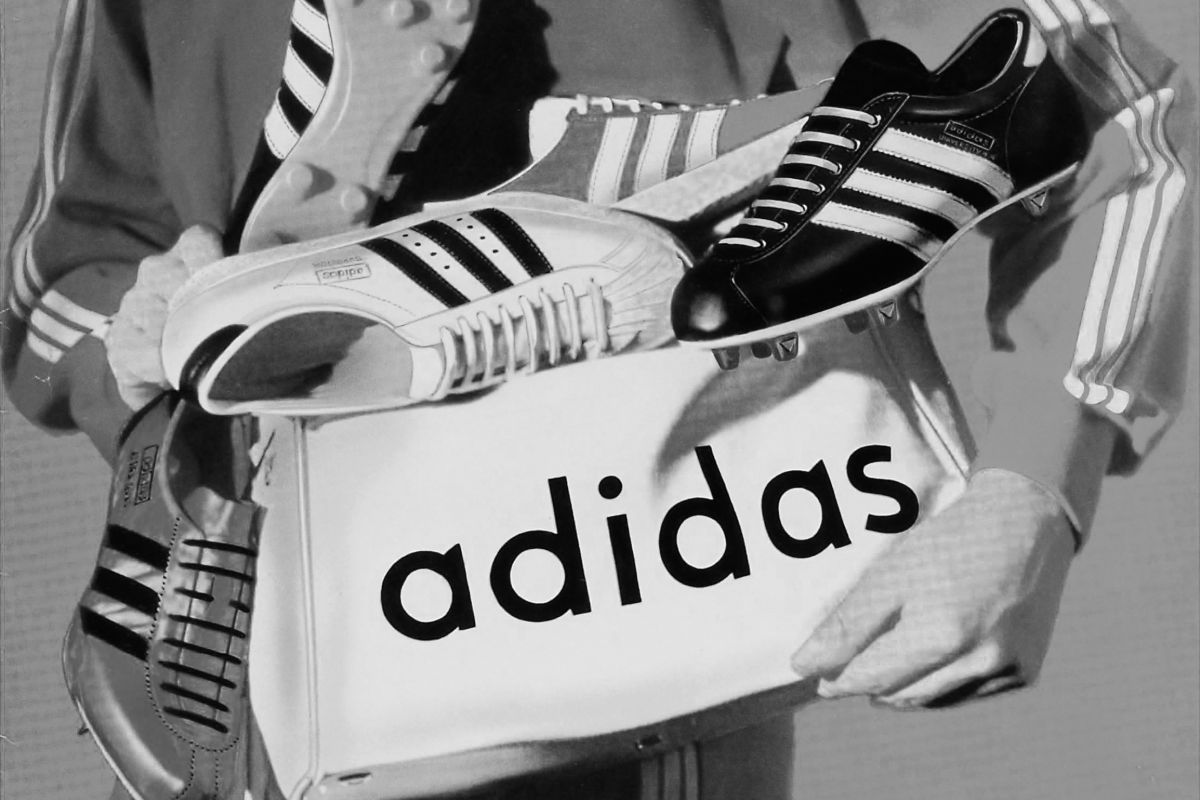Internet Retailing asked four retail experts to take a look at Gap.eu and give readers insight into the company’s retail strategy, site performance, usability and customer experience.
RETAIL STRATEGY
Emma Robertson, Senior Multi-channel Consultant, Transform
Customers and industry commentators have waited a long time for this and the welcome message on the newly launched Gap.eu site shouts out ‘hello UK’. Gap has already made forays into online sales through a deal to offer selected lines through Asos.com but the launch of a dedicated site and a new online distribution centre in Stafford, clearly intended to ultimately fulfil orders for the whole of Western Europe, means all eyes are now on Gap to see what the late market entrant can bring to the online channel.
The site has a lot of the standard functions expected of fashion retailing, and handles zoom, sizing and colour options well. In addition, Gap has introduced more advanced functionality with the one-page checkout, which aims to reduce basket drop out by keeping the customer within a single page. This feature would be more successful if some of the standard usability practices had been implemented – compulsory registration and unclear promotional code processes are both proven to turn customers away at the final stage.
Gap.eu also features the Gap Inc “Universality Platform” allowing customers to shop across brands within the same shopping basket. Although limited to Gap and Banana Republic in the UK, this feature is undeniably powerful and represents nirvana for many retailers looking to extend the ranges offered under an overall brand umbrella.
However, alongside these cutting edge developments, Gap.eu is missing the fundamentals – no search function is the most surprising and damaging to the user experience and the reasonably basic navigation gives the impression of an out-of-the-box web application rather than the bespoke platform that Gap has built.
Definitely one to watch, the presence of Gap in the online market is a great step forward, and with a logistics backbone designed to fully support the user experience, Gap.eu represents the investment the company is making in the online channel into the future.
USABILITY
Simon Duke, User Experience Consultant, User Vision
Despite having more than 130 high-street stores in UK and Ireland, Gap’s online presence has lagged behind, with the UK ecommerce site only launching in August 2010. How good a job has been done in making the site usable and persuasive?
The homepage compares favourably with other fashion retailer websites which have a habit of crowding their homepage.
The main navigation lies through a menu at the top of the page. The menu offers no roll over functionality, so shoppers cannot shortcut straight to a specific product line such as ‘Women’s trousers’ from the homepage but have to make an additional click from the Women’s section.
The main product landing pages are well put together, with clear pictures of the product ranges available. A ‘quick look’ option enables the shopper to have a closer look at a particular item, without clicking away from the wider range.
The Gap website, however, has no filter functionality. This means there is no way to refine a product search, by factors such as colour, price or size.
The individual product pages are nicely designed. Key details are summarised and the size, colour and number of items selectors are easy to use. Shoppers can view the product from several angles and a nicely implemented zoom function is available.
Once a product has been added to the shopping basket, feedback is quite clear, with the item appearing in the top right hand corner of the screen.
The checkout process is straightforward. In order to qualify for free delivery on orders over £50, the shopper has to add in the discount code from the homepage themselves. Since this could be done automatically, it is hard to escape the thought that this has been deliberately implemented to maximise profits from customers forgetting to do so.
In summary, while the Gap website has been well designed, nothing has been done to differentiate the shopping experience at Gap from most other online clothing retailers.
EYE TRACKING ANALYSIS
Guy Redwood, Managing Director, SimpleUsability
The participants who took part in the research for the new gap.eu website were asked to go shopping to replace their favourite pair of jeans.
From the new homepage we were able to observe that users were drawn to the strong colours on the right hand side of the page (graphic outlined by union jack). Users ignored the main photographic element with the ‘New and now’ messaging, and decided to go straight to the top navigation options. From here there were no drop-down menus available so users could not quickly get into the category that they were looking for.
Within the category landing pages for ‘Jeans’ that were accessed from either the ‘Women’ or ‘Men’ sections, users often missed that the sub-categories within jeans were displayed at the top of the page. This was despite an animation that occurred within this section when users first entered the ‘Jeans’ page. One user recognised that there were many subcategories within this section, but failed to notice that a ‘More fits’ button was available when users hovered their mouse over this area of the page.
Users moved closer to the screen to read the navigation text and commented that they found it hard to read. The titles within the left hand navigation are not in alphabetical order which made it harder for users to spot the category that they were looking for. When there is no logical order to the groupings and the item that they are looking for is a known name e.g. ‘Jeans’, then alphabetical ordering may have helped some users.
After users had chosen a sub-category e.g. ‘Always skinny’ or ‘Long & lean’, users found it hard to differentiate between the jeans shown at the top of the page to illustrate the cut of the product and the actual product listings below. Users tried to click on the products at the top of the page, and found it hard to re-find this style of jeans in the products listed underneath. Some users misunderstood the purpose of this section at the top of the page and thought they were additional products.
When taking the next step and choosing a product, many users missed that a ‘Quick look’ feature was available. Users had to be quite precise when selecting this option.
Some users became frustrated when products were out of stock and expected to be able to filter for particular sizes, but no filters were available.
SITE PERFORMANCE
David Flower, Vice President, EMEA, Gomez
For many loyal Gap fans, the launch of its European online store at the end of August couldn’t have come soon enough. And, with an independent survey describing it as “far superior” to the web offerings of rivals Zara and H&M , which launched around the same time, things looked to be off to a great start. During the sixweek period starting 1 September, Gomez reviewed Gap’s ‘eu’ domain site looking at the average availability and download speed of the homepage. Performance was a little shaky in September but showed significant improvement during October.
From the internet backbone (i.e. ISP’s data centres) average homepage download times improved from 2.83 seconds to 2.18 seconds and availability rose from 97.34% – which is relatively poor – to a much more acceptable 99.87%.
There were two serious performance glitches in September. From 12 – 14 September there were a number of incidents when users’ web browsers requested critical page objects. The data centre was taking a long time to react, adversely impacting performance and in some cases the browser gave up, which impacted availability.
The second incident happened just after 6am on Sunday 26 September and lasted until just before 1pm on the same day. In this case, Gap’s servers simply weren’t available (perhaps its IT team was implementing a new release?) but suffice to say during this time, the Gap.eu website was totally unavailable to UK users. If you were hunting for a new pair of khaki trousers, I’d imagine this would have been pretty frustrating.
From the Last Mile (i.e. real end-users’ desktops), the performance problems identified on the internet backbone were magnified. Availability fell to 97.15% and the average homepage download slowed to nearly 8.5 seconds. Whilst it is likely that the heavy page weight of between 1300 and 1700kbytes contributed to this lack-lustre performance, the technical glitches recorded in September would not have helped either.





